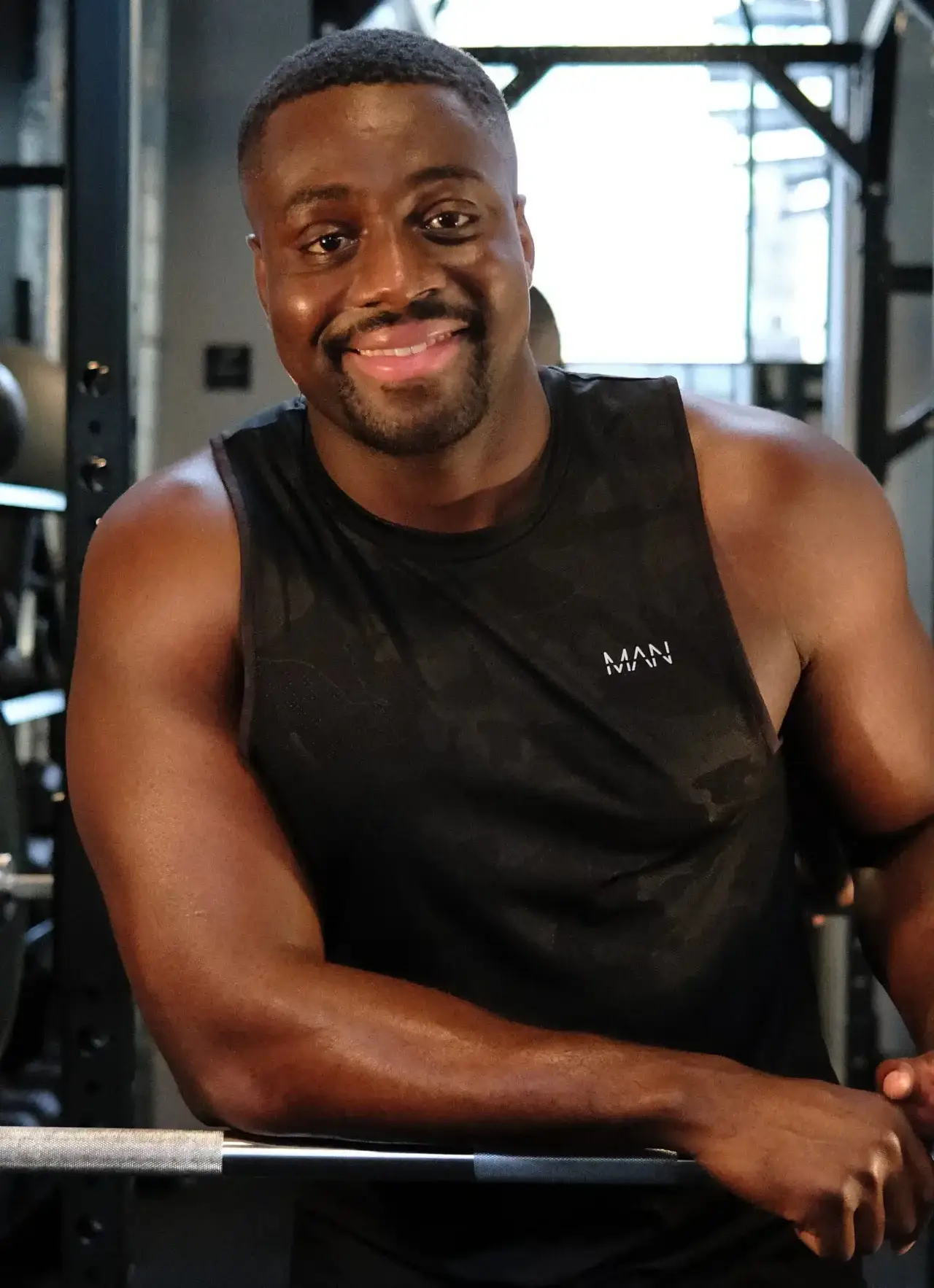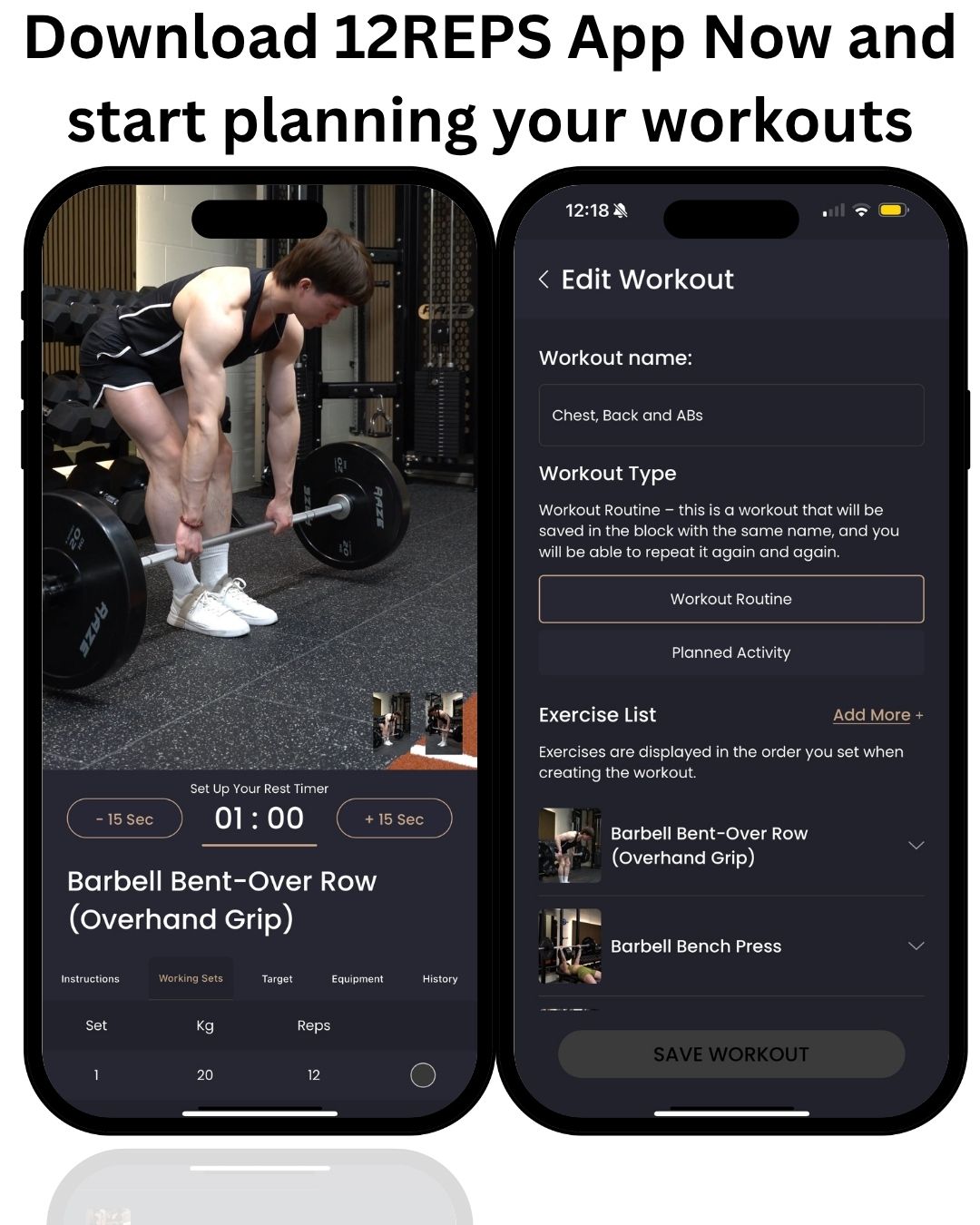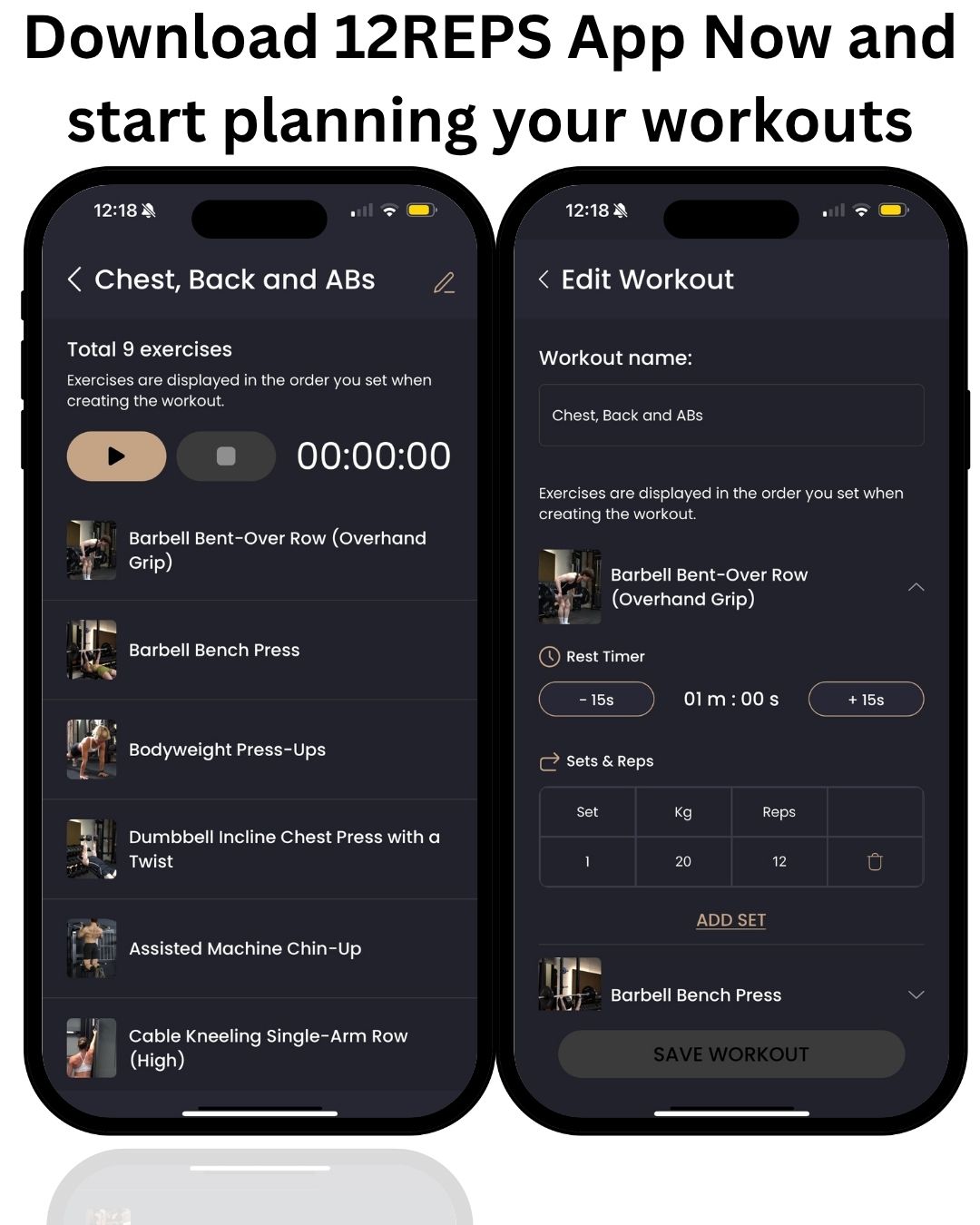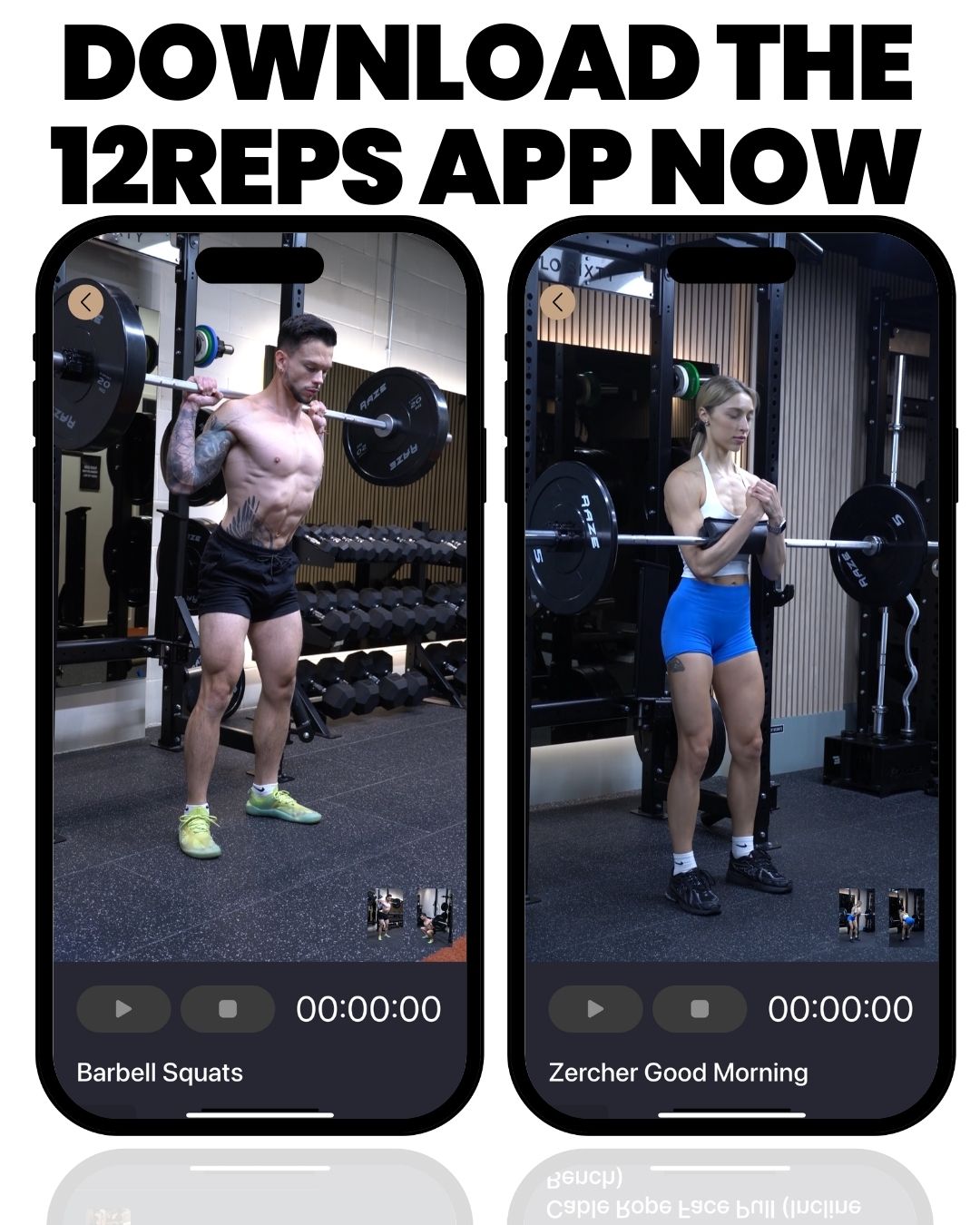As a personal trainer, I’ve seen countless people in the gym making the same mistakes. They follow complicated routines, spend hours working out, and still don’t see the muscle growth they want. The truth is, building muscle doesn’t have to be that complicated. A well-structured push-pull routine is one of the most effective ways to build a strong, balanced physique. In this guide, I’ll cut through the noise and give you a straightforward, no-nonsense approach to selecting the best push and pull exercises for maximum muscle growth. We’ll look at the science, the practical application, and how to put it all together to get the results you’re after.

Criteria for Effective Muscle-Building Exercises
Muscle Activation and Recruitment: For a muscle to grow, it needs to be challenged. This challenge comes from effectively activating and recruiting as many muscle fibers as possible during an exercise. Some exercises naturally lend themselves to higher muscle activation due to their biomechanics and the way they load the target muscle. For example, compound movements like the bench press or rows engage multiple muscle groups simultaneously, leading to significant overall muscle activation. However, isolation exercises also play a vital role in targeting specific muscles that might not be fully exhausted by compound movements. The goal is to feel the target muscle working and ensure it’s bearing the primary load.
Range of Motion Considerations: The range of motion (ROM) through which an exercise is performed significantly impacts muscle growth. Research suggests that performing resistance training through a full range of motion generally leads to greater hypertrophy compared to training with a partial range of motion [1]. This is because a full ROM allows for the muscle to be stretched under load, which is a powerful stimulus for growth. However, it’s also important to consider individual joint health and mobility. Sometimes, a slightly reduced ROM might be necessary to prevent injury, but the general principle is to move through the largest pain-free range possible.
Progressive Overload Potential: Progressive overload is the cornerstone of muscle building. It means consistently increasing the demands placed on your muscles over time. Without it, your muscles have no reason to adapt and grow. This can be achieved in various ways: increasing the weight lifted, performing more repetitions with the same weight, increasing training frequency, or improving exercise technique to allow for greater load. An effective exercise is one that allows for consistent and measurable progressive overload. If an exercise doesn’t allow you to gradually increase the challenge, it won’t be optimal for long-term muscle growth [2].
Injury Risk vs. Benefit Analysis: While we want to challenge our muscles, we must do so safely. Every exercise carries some degree of injury risk, but some are inherently riskier than others, especially when performed with poor form or excessive weight. A good exercise for muscle building offers a high benefit-to-risk ratio. This means it effectively stimulates muscle growth without putting undue stress on your joints or connective tissues. As a trainer, I always prioritise exercises that allow for good form and control, minimising the risk of injury while maximising the muscle-building stimulus. It’s about smart training, not just heavy lifting.

Best Push Exercises for Muscle Building
Bench Press Variations and Analysis:
The bench press is a classic for a reason – it’s a fantastic chest builder. But don’t just stick to the flat barbell bench press. Different variations can target different parts of your chest and shoulders.
Flat Barbell Bench Press: The king of chest exercises. It allows you to lift heavy and provides a great overall stimulus for the chest, front delts, and triceps. Focus on a full range of motion, bringing the bar down to your chest and pressing up to full extension.
Incline Dumbbell Press: This is my go-to for targeting the upper chest. The incline angle puts more emphasis on the clavicular head of the pectoralis major. Using dumbbells allows for a more natural range of motion and can help to correct muscle imbalances.
Decline Bench Press: While not as popular, the decline press is excellent for targeting the lower chest. It can be a good option if you want to add some variety to your routine.
Overhead Pressing Movements:
For building big, strong shoulders, you need to press overhead. The overhead press is a fundamental movement that should be a staple in any push-pull routine.
Standing Barbell Overhead Press (OHP): This is a full-body movement that builds raw strength and power. It not only targets the shoulders but also engages the core and triceps. Proper form is key here to avoid injury.
Seated Dumbbell Shoulder Press: A great alternative to the barbell OHP, especially if you have shoulder mobility issues. The seated position provides more stability, allowing you to focus on isolating the shoulder muscles.
Dip Variations and Progressions:
Dips are a fantastic bodyweight exercise for building the chest and triceps. They can be easily progressed by adding weight or by using different variations.
Chest Dips: To target the chest, lean your torso forward during the movement. This will put more emphasis on the pectoral muscles.
Tricep Dips: To target the triceps, keep your torso upright. This will shift the focus to the triceps.
Weighted Dips: Once you can comfortably perform 10-12 bodyweight dips, you can start adding weight using a dip belt. This is a great way to progressively overload the movement.
Isolation Exercises for Push Muscles:
Download the 12Reps app to personalise your workouts and see all exercise demos.
Best Pull Exercises for Muscle Building
Rowing Exercise Variations: Rows are the bread and butter of back training. They build thickness and strength in the upper and mid-back.
Barbell Bent-Over Row: A classic mass builder for the back. It targets the lats, rhomboids, and traps. Maintaining a flat back and a neutral spine is crucial to avoid injury.
Dumbbell Row: A great unilateral exercise that allows you to focus on each side of your back individually. This can help to correct muscle imbalances and improve mind-muscle connection.
Seated Cable Row: A fantastic exercise for targeting the mid-back. The constant tension from the cable provides a great stimulus for muscle growth.
Pull-up and Chin-up Analysis: Pull-ups and chin-ups are the ultimate test of upper body pulling strength. They are incredibly effective for building a wide back and strong biceps.
Pull-ups (Overhand Grip): These primarily target the lats, giving you that classic V-taper look. They are a challenging exercise, but there are many progressions you can use to build up to them, such as using resistance bands or an assisted pull-up machine.
Chin-ups (Underhand Grip): These put more emphasis on the biceps, making them a great exercise for building bigger arms. They are generally easier to perform than pull-ups, so they can be a good starting point.
Lat Pulldown Considerations: The lat pulldown is a great alternative to pull-ups, especially if you can’t yet perform them with your own bodyweight. It allows you to control the weight and focus on squeezing your lats.
Wide-Grip Lat Pulldown: This variation is great for targeting the outer lats and building back width.
Close-Grip Lat Pulldown: This variation puts more emphasis on the lower lats and can be a good way to add some variety to your routine.
Isolation Exercises for Pull Muscles: Just like with push exercises, isolation movements are important for targeting specific pull muscles.
Barbell Curls: The classic bicep builder. There are many variations you can use, such as the straight bar curl or the EZ bar curl.
Hammer Curls: These target the brachialis muscle, which lies underneath the bicep. Developing the brachialis can add significant size to your arms.
Face Pulls: An often-neglected exercise that is fantastic for targeting the rear delts and upper back. They are great for improving posture and shoulder health.
Exercise Selection by Muscle Group
Chest Development Exercise Ranking
Shoulder Muscle Building Priorities
Tricep Development Exercise Selection
Back Muscle Building Exercise Hierarchy
Bicep Development Exercise Analysis
Programming the Best Push/Pull Exercises
Exercise Order and Sequencing
Volume Recommendations per Exercise
Frequency Considerations for Each Movement
Periodisation of Exercise Selection
Advanced Push/Pull Exercise Variations
Unilateral and Single-Arm Variations
Tempo and Pause Variations
Pre-Exhaustion and Post-Exhaustion Techniques
Mechanical Advantage Manipulations
Conclusion
Building muscle is a journey, not a destination. By understanding the principles of effective exercise selection and applying them consistently, you can make significant progress. Remember to prioritise compound movements, ensure progressive overload, train with a full range of motion, and always prioritise safety. Experiment with different exercises and variations to find what works best for your body and keeps you motivated. Stay consistent, train smart, and enjoy the process of building a stronger, more muscular you.










